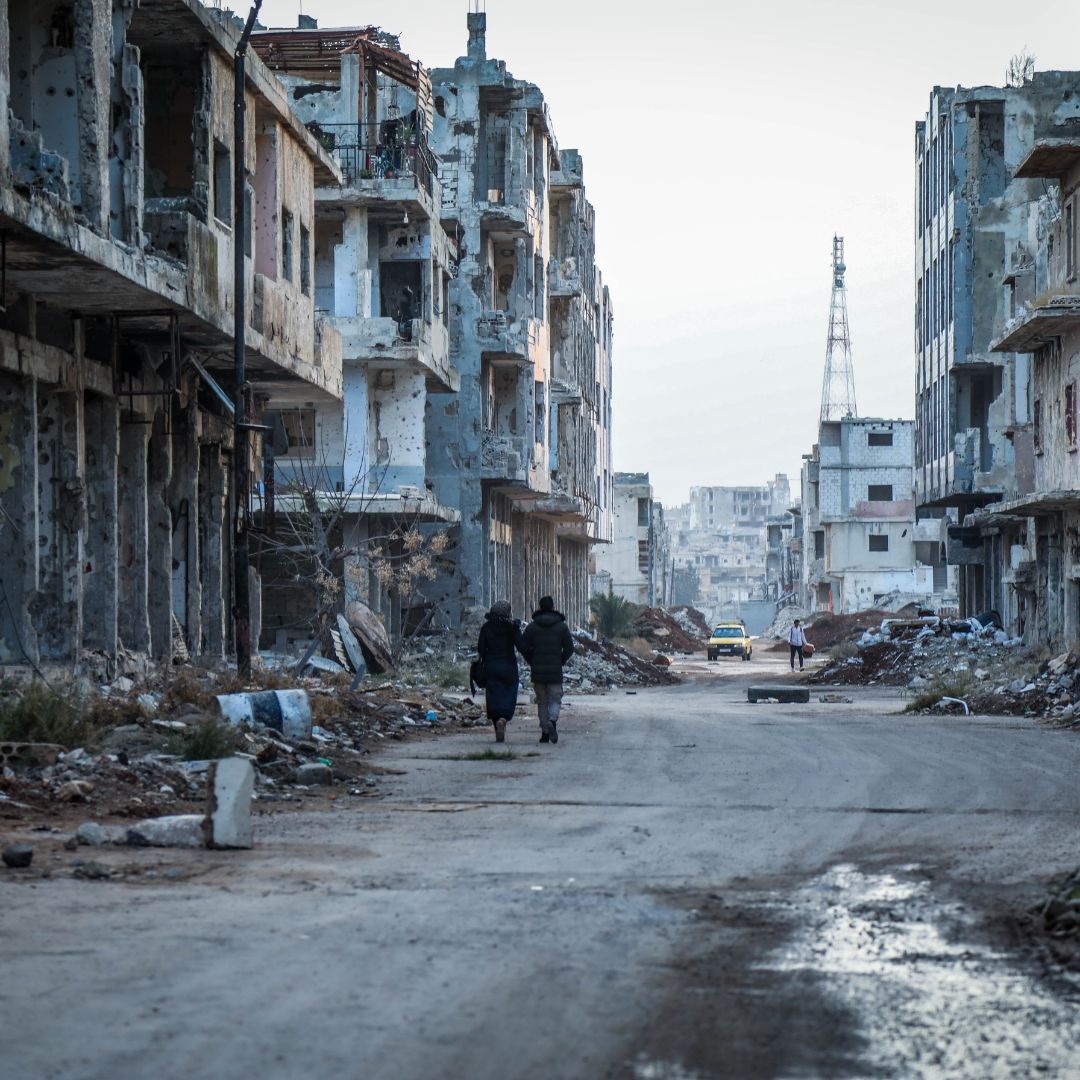On how wars are affecting climate conditions around the world, we asked Dr. Kamil Leziak of the UW’s Department of Geography and Regional Studies.
How does the world’s warfare affect climate change?
Armed conflicts not only have serious consequences for civilians, but also cause far-reaching changes in climatic conditions in the area of hostilities and, in extreme cases, the entire Earth. One of the first effects of wars is the destruction of various forms of land cover (e.g., forest fires, agricultural fields, the tearing up of grasslands by heavy equipment), contributing to the exacerbation of climatic contrasts, as well as changes in thermal conditions (e.g., faster heating of the ground and reaching higher temperature values on sunny days). It is the natural surfaces covered with vegetation that provide optimal climatic conditions.
In the case of prolonged warfare, natural surfaces are further modified and replaced by artificial engineering facilities, such as trenches, barricades, anti-tank barrages, minefields, fortified bases and camps, etc. Man-made facilities introduce an additional anthropogenic factor into the heat and radiation balance, causing changes in the local climate and microclimate. We can compare it to the situation when a highway or a settlement is built in a natural area – the elements of weather and climate (e.g., air temperature, relative humidity) at that location will change markedly.
It is also worth noting the effects of explosive weapons of various types. Artillery and rocket shell explosions and the resulting fires can emit large amounts of pollutants such as dust, soil, concrete particles, soot, smoke, etc. into the atmosphere. They contribute to a decrease in atmospheric transparency and, consequently, to a decrease in the amount of solar radiation reaching the Earth’s surface, resulting in a local decrease in air temperature. At the same time, pollutants present in the atmosphere can cause a temporary increase in precipitation. The most dangerous, however, are atomic bomb blasts. When this type of weapon is used, a huge cloud (known as an atomic mushroom) is formed, spewing huge amounts of dust into the atmosphere, much larger than conventional weapons. If multiple atomic bombs exploded in quick succession, the Earth could be threatened with a nuclear winter that would change the face of our planet forever. However, the use of nuclear weapons in current global warfare is unlikely.

Dr. Kamil Leziak, Faculty of Geography and Regional Studies, UW
#naturalheritage #worldheritage #ExpertsUW #unesco #natural




